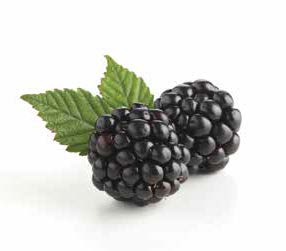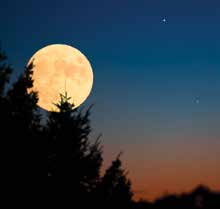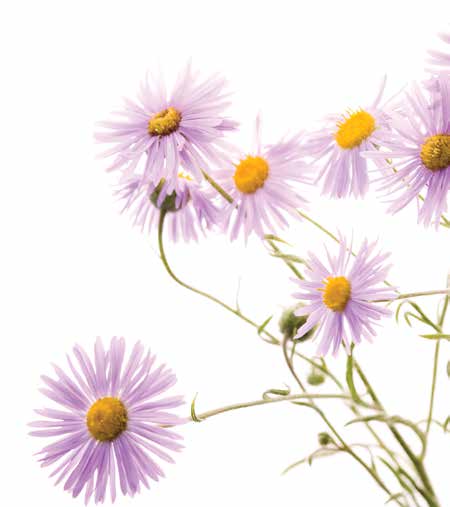ALMANAC

September
By Ashley Walshe
September rouses you from the gentle spell of summer.
One day, between the blackberry harvest and the mighty swell of crickets, the charm took hold. Languid and blissful, you sprawled beneath the dappled shade, eyes heavy, honeysuckle on your tongue.
Rest now, summer cooed. It’s much too hot to fuss.
And, just like that, you were under. Swaddled in sticky-sweetness. Wanting for nothing. Enchanted by the lazy lull of summer.
Until now.
Something has shifted. It’s a feeling, both subtle and seismic. At once, you’re wide awake.
The air is crisper, cooler, lighter. Colors are more vibrant. Even the birds have changed their tune.
Wake up, a skein of geese clamors overhead. There’s little time to waste!
Their frequency is a code. An ancient language. A precious remembering.
Everything will change.
The light. The trees. The pulse of the season.
Look to the maple tree, the honeybee, the frenzied gray squirrel. Life is racing toward some dark unknown. Put your ear to the warm earth and listen.

This is the threshold, the quickening, the no-going-back. The final kiss of summer.
And so, you feast with all your senses. You savor the fragrance of ginger lilies, the taste of wild muscadines, the spirit of goldenrod at magic hour. You kiss summer back.
A single leaf descends with a singing wind.
Stay open to the beauty of this moment. Stay open to the knowing that everything will change.

Harvest Moon Magic
Your eyes aren’t playing tricks. When the full harvest moon rises on the evening of Tuesday, Sept. 17, it will appear larger and brighter because it is, in fact, as close to Earth as it can be. What makes this supermoon even more spectacular is the partial lunar eclipse that will reach maximum coverage around 10:44 p.m. While only a small portion of the moon’s surface will be obscured by Earth’s shadow, this partial eclipse marks the beginning of an eclipse season. An annular solar eclipse will occur on Oct. 2. Although its “ring of fire” won’t be visible from North America, don’t be surprised if you feel its powerful energetic effects.

Seeing Stars
Look! The asters are blooming. Derived from the Latin astrum, meaning star, September’s birth flower transforms the late summer landscape with jubilant constellations of white, pink, blue or purple blossoms. Often mistaken for daisies, the aster is actually related to the sunflower. (Study its bright yellow center, composed of tiny florets, and see for yourself.)
According to one Greek myth, asters sprouted from the tears of a virgin goddess named Astraea, who wished for more stars in the sky. Instead, the brilliant “stars” began spilling across the quiet earth, as they’ve done every autumn since. Magic for the eyes. Magnets for the late-season butterflies.
